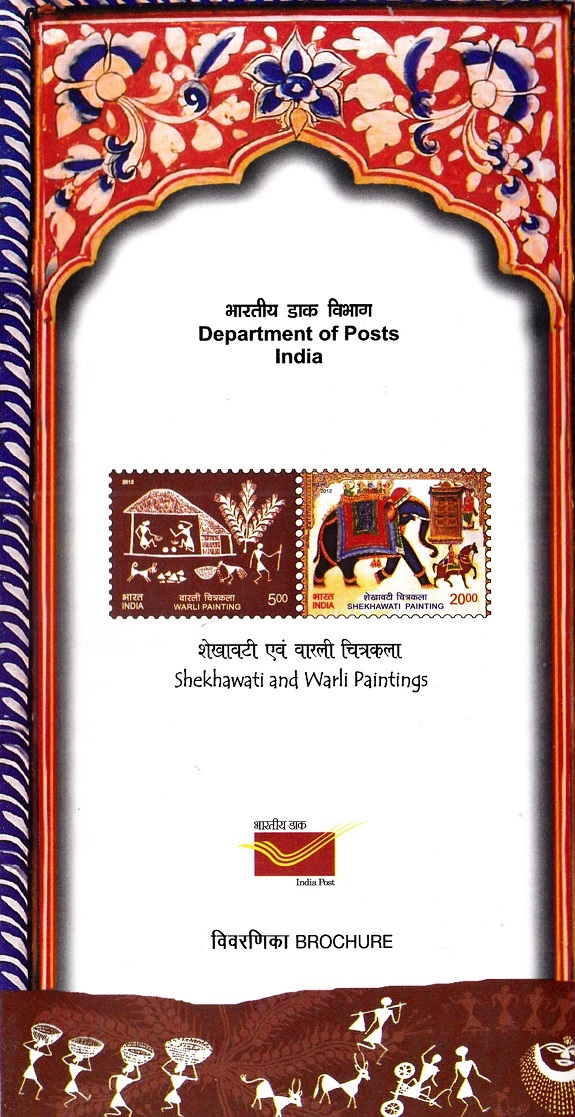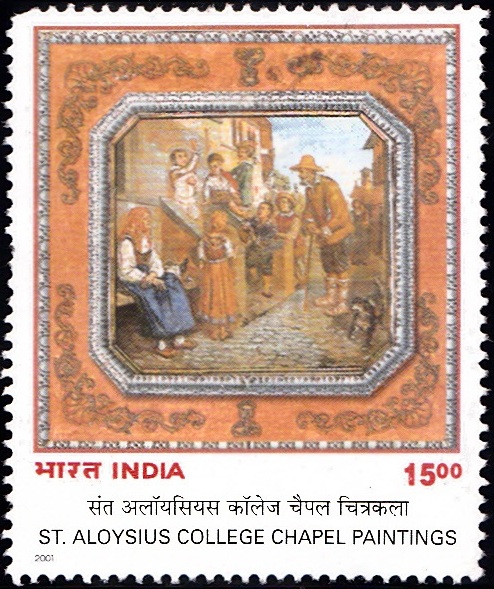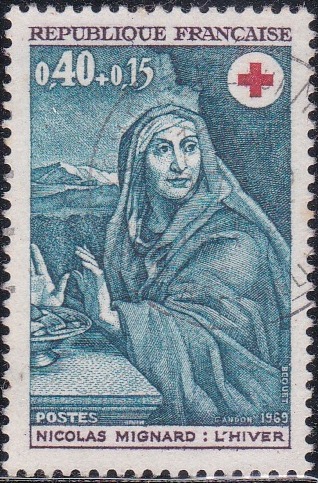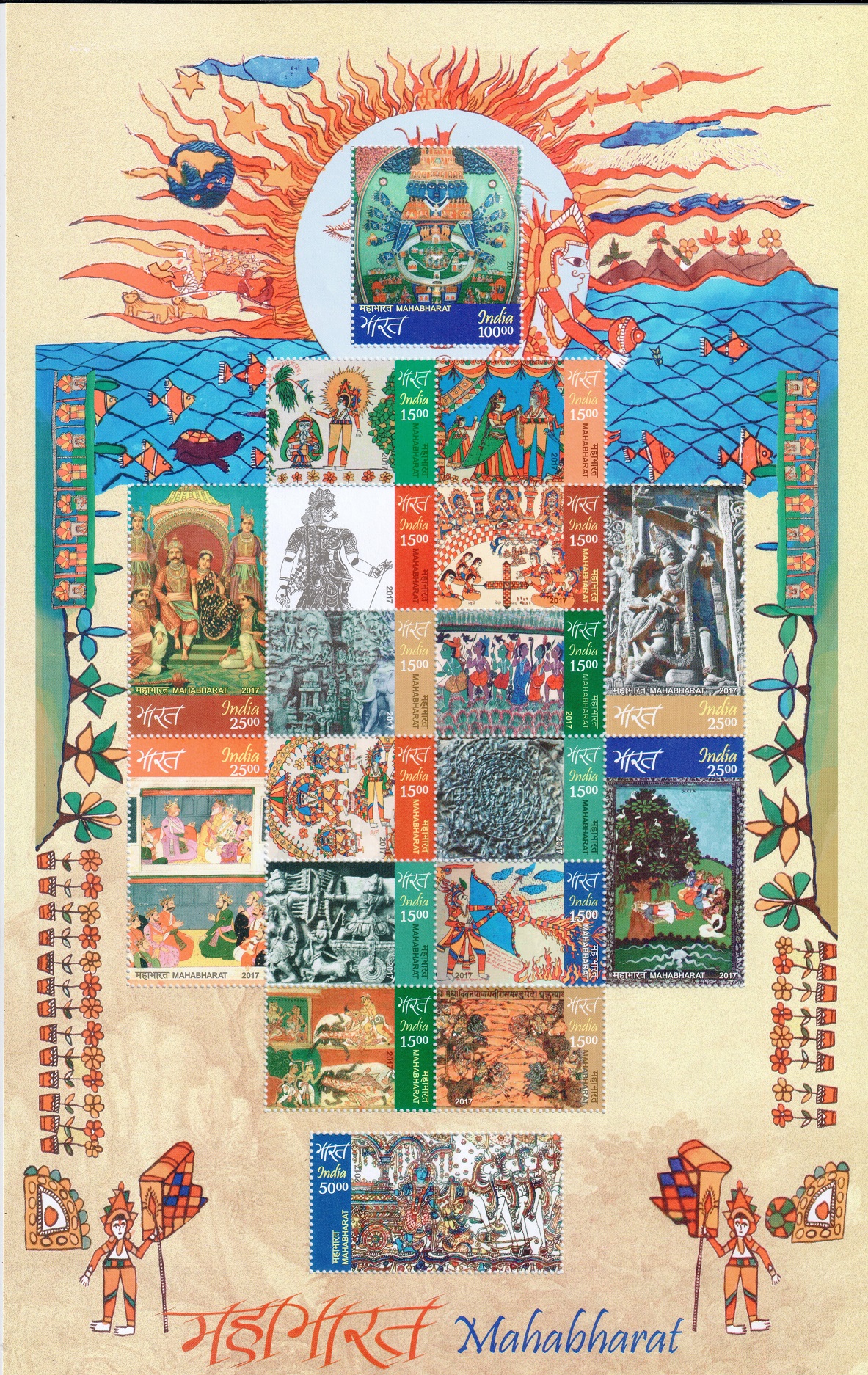
Shekhawati and Warli Paintings
Complete Set of 2 nos of commemorative postage stamps on Shekhawati Paintings (Rajasthan) and Warli Paintings (Maharashtra) :
 Issued by India
Issued by India
Issued on Jun 20, 2012
Design : The design of the stamps and sheetlet on Shekhawati and Warli Paintings depict the culture and tradition of the states of Rajasthan and Maharashtra and commemorate the rich heritage of Indian Paintings.
Credits :
Stamp / FDC & Sheetlet : Shankha Samant
Cancellation : Alka Sharma
Type : Stamp, Mint condition
Colour : Multi colour
Denomination : 500 & 2000 Paise
Stamps Printed : 0.3 Million Each
Sheetlet : 0.1 Million
Printing Process : Wet Offset
Printer : Security Printing Press, Hyderabad
About :
- Shekhawati Paintings originate from the Shekhawati region of Rajasthan. The palaces, forts and many residential and other buildings of the region are adorned with these frescoes dating back to the eighteenth and nineteenth century.
- The Shekhawati frescoes were influenced by the Persian, Jaipur and the Mughal Schools of painting and are remarkable in their perfection. The paintings mostly used colours made from naturally available ingredients. Even after centuries, there is no deterioration in the quality and layers of paint. The pictures beautifying the walls depict historical, hunting, personal and religious scenes painted in various styles. A look at the thematic content, from the earliest ones painted sometime around the year 1750 to the later ones of the British era shows a change and evolution in tastes and preference. The earlier themes are predominantly mythological mingled with illustrations of local legends, hunting scenes, portraits and depictions of everyday life. The later paintings depict a distinct British influence and the impact of technology. The paintings of the later period include motor cars, aeroplanes, ships, trains, balloons, bicycles etc. in myriad themes and a riot of colours and variety.
- Warli Painting is a form of tribal art, done by a tribe called “Warli“. The tribe largely resides in ‘Dahanu‘, in Thane District, Maharashtra. The homes of the tribals are decorated with these painting on festive occasions. Warli Painting is done on a background of red mud. Traditionally, rice paste mixed in milk or water is used for these paintings. The images of the gods and goddesses are created in white since this colour is considered to be a symbol of purity. Other figures are drawn in the red and yellow since these are easily available in the form of turmeric and red mud etc. The paintings are executed with a straw. Every symbol of Warli art has its own meaning and language. Men and women in spiral forms and concentric circular designs in Warli Paintings symbolize the circle of life.
- Text : Rashi Sharma (Based on the material available on the internet).










[…] of establishment of Sabarmati Ashram (i.e. 17.06.1917). The First Day Cover & Brochure depict Warli Art that adorns the walls of the […]